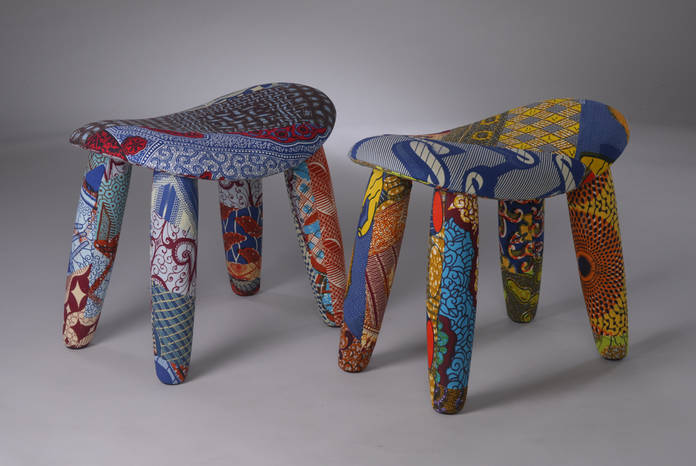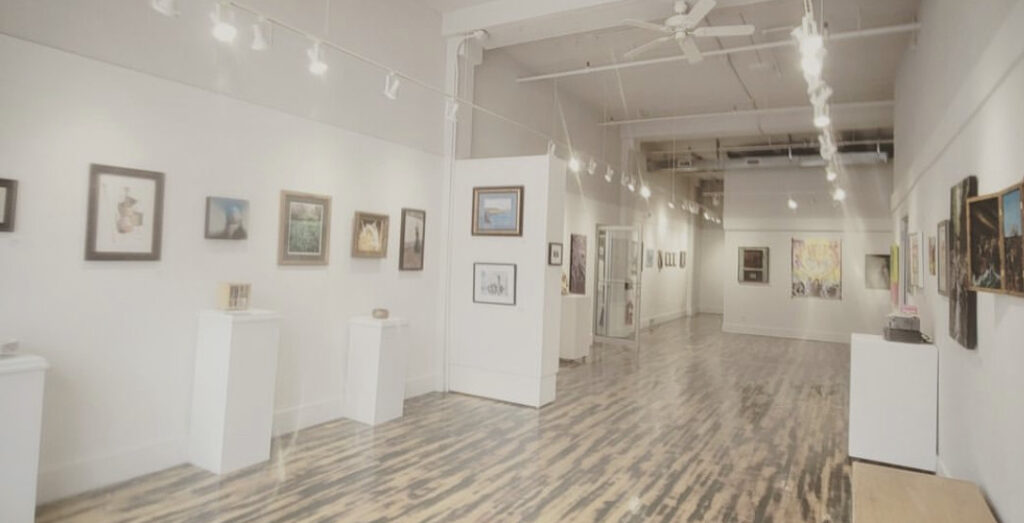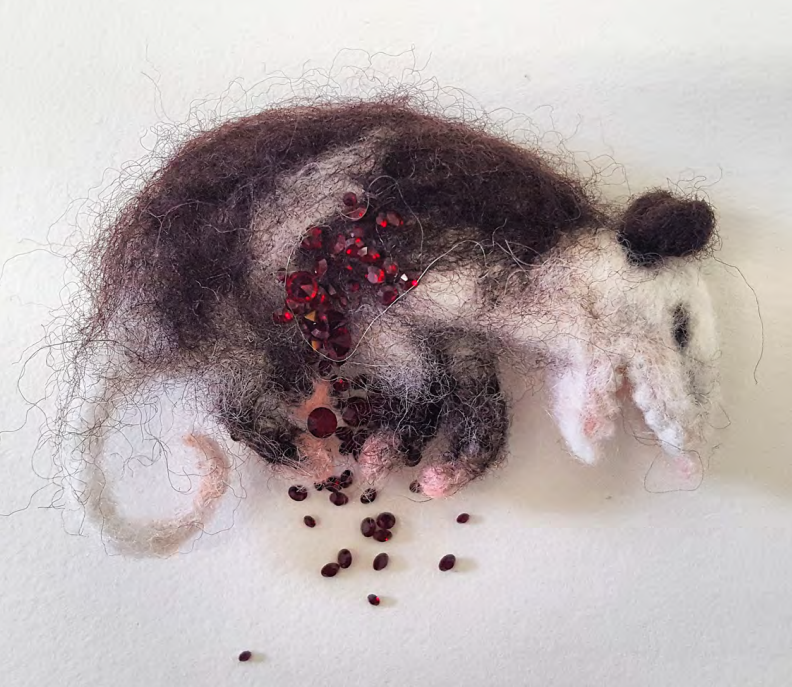
- This event has passed.
Amalgamation CHRIS MARTIN
January 5, 2018 - February 17, 2018

Amalgamation
CHRIS MARTIN
January 5 – February 17, 2018
COMMUNITY GALLERY
As developing countries and emerging economies modernize, the traditional crafts that reflect the unique cultural and social traits upon which these countries have been built, are often disregarded opting for western goods instead. This is something that Chris Martin wants to do something about.
Martin’s own creative expression has been deeply influenced by the traditional crafts of Ghana, where he spent two years as a U.S. Peace Corps volunteer, and India where he has spent time as an artist in residence and most recently as a Fulbright Scholar. Through his primary medium, studio furniture, Martin hopes not only to help expand an appreciation for these traditional crafts, but also to assist his fellow artisans in Ghana and India to sustain their livelihoods through continued practice in their trades.
This exhibition introduces a series of functional furniture pieces that Martin hopes to produce in limited quantities to create a new avenue for traditional artisans to continue their work. Currently, he is working with Ga coffin makers, kente weavers, brass casters, and glass bead makers in Ghana. In India, he has collaborated with a traditional lathe turner, print block carvers, metal casters, and Mata-ni-Pachedi artists. The results of these partnerships have manifested as contemporary western furniture pieces with an ethnic flare. Martin’s focus moving forward is to produce designs that pay homage to traditional crafts and the artisans that make them, with hopes of opening new markets for their timeless crafts.
Join us for an Artist Talk with Chris Martin
February 1, 2018 at 6PM in the Community Gallery : Chris will speak about his experiences in Ghana and India where he worked with local artisans who continue to practice the traditional arts and crafts of their homelands.
And Special Guest Artist ERIC ADJETEY ANANG
Eric Adjetey Anang is the grandson of Seth Kane Kwei who is credited with founding the tradition of fantasy coffins in the early 1950s. Eric has spent his life practicing and sharing the tradition his grandfather started. Fantasy coffins are unique to Ghana and more specifically to the Ga tribe. The Ga people believe that death is simply another step in life and that the dead move into another world or dimension when they pass. They believe that their ancestors are more powerful than the living and must be treated with great respect, so they are driven to appease them in death, and a unique coffin is one way to do that. These coffins are made in the forms of various items from a fish, for someone who spent his life as a fisherman, or an airplane for someone who had always hoped to fly. These creations can be seen in museums and galleries around the world. Mr. Anang’s creations have become highly sought after as contemporary pieces of “ethnic art”.




